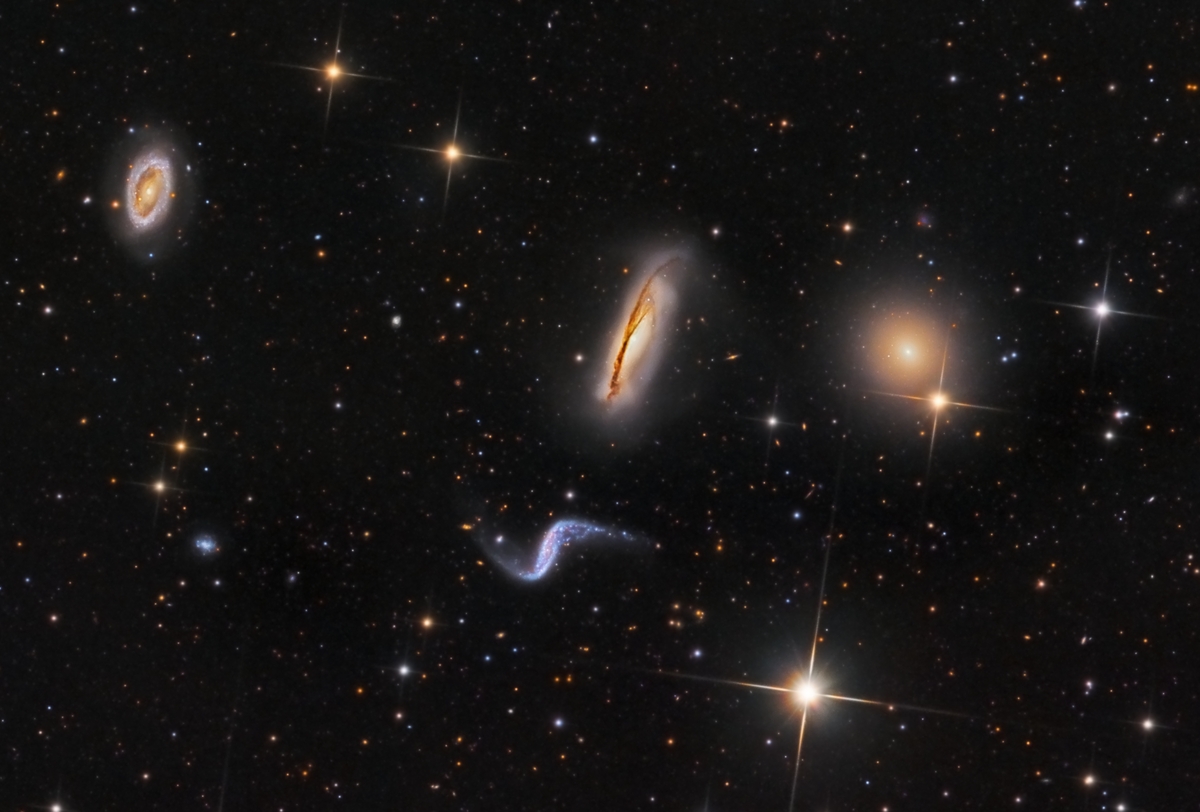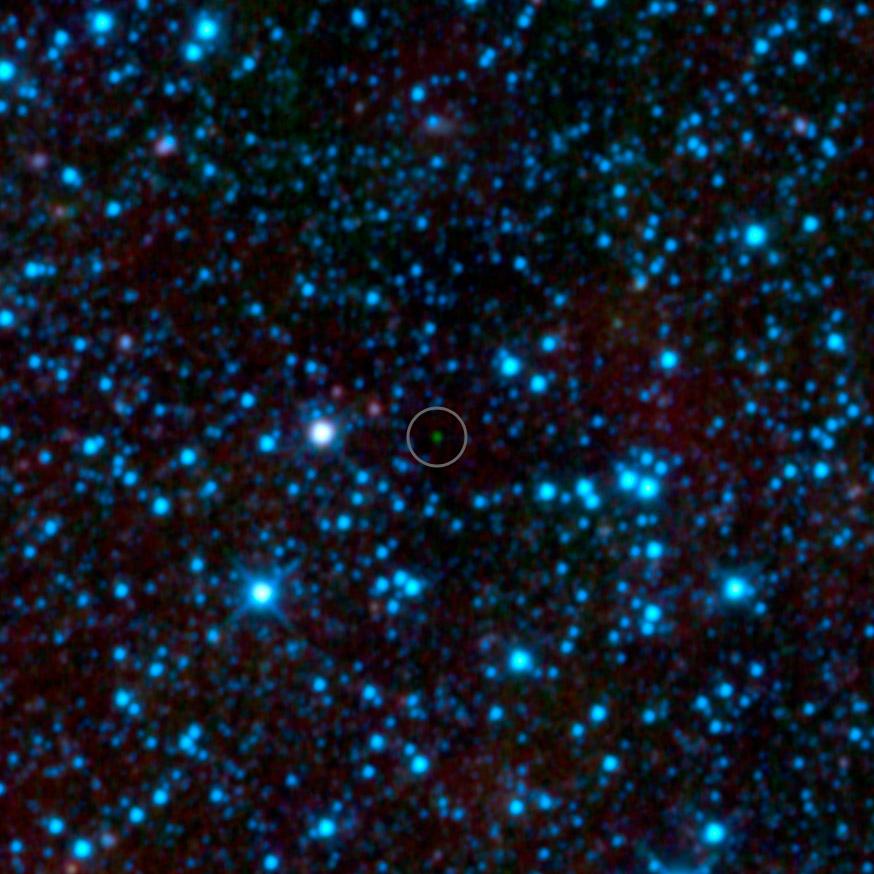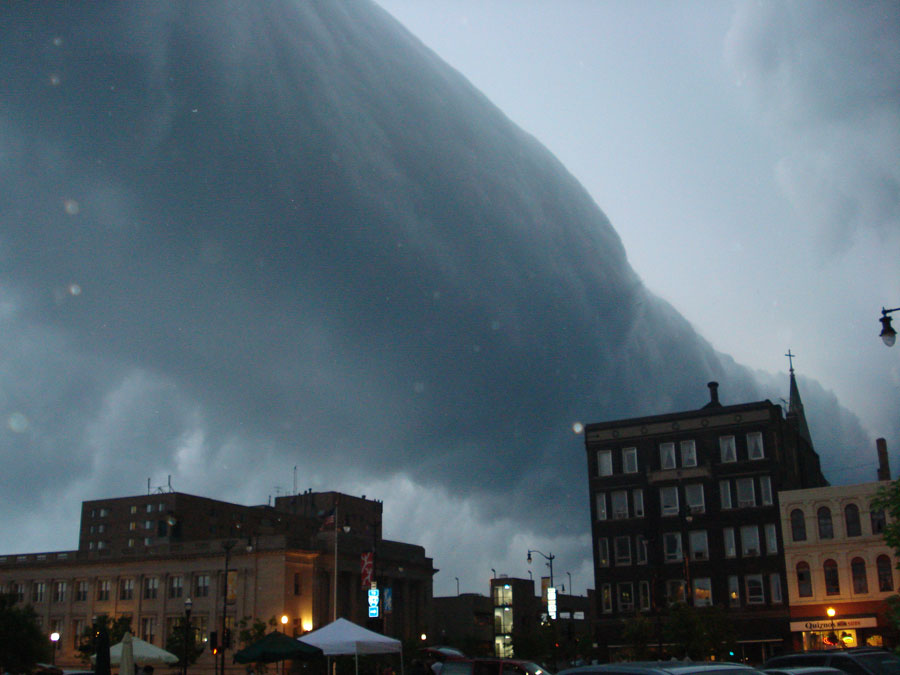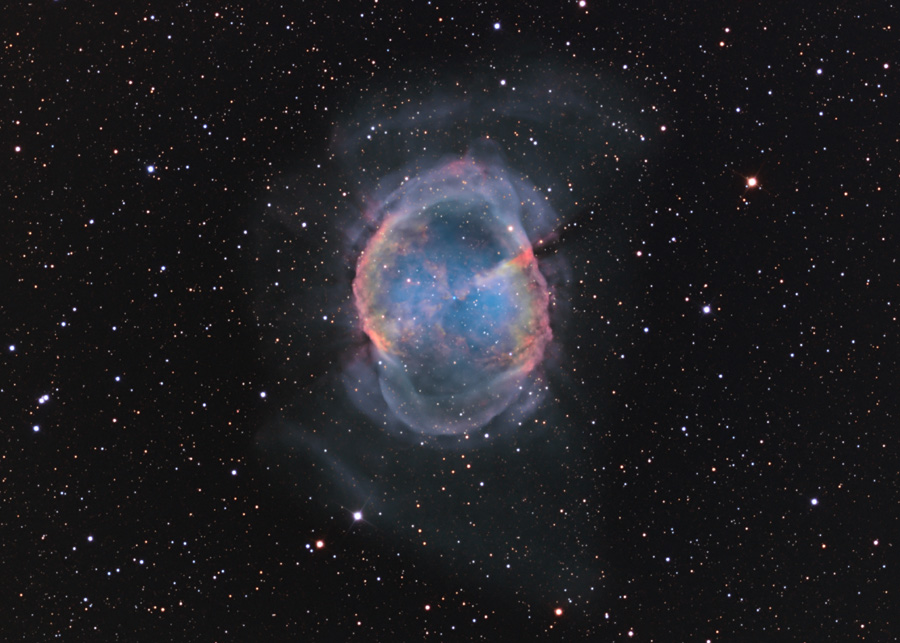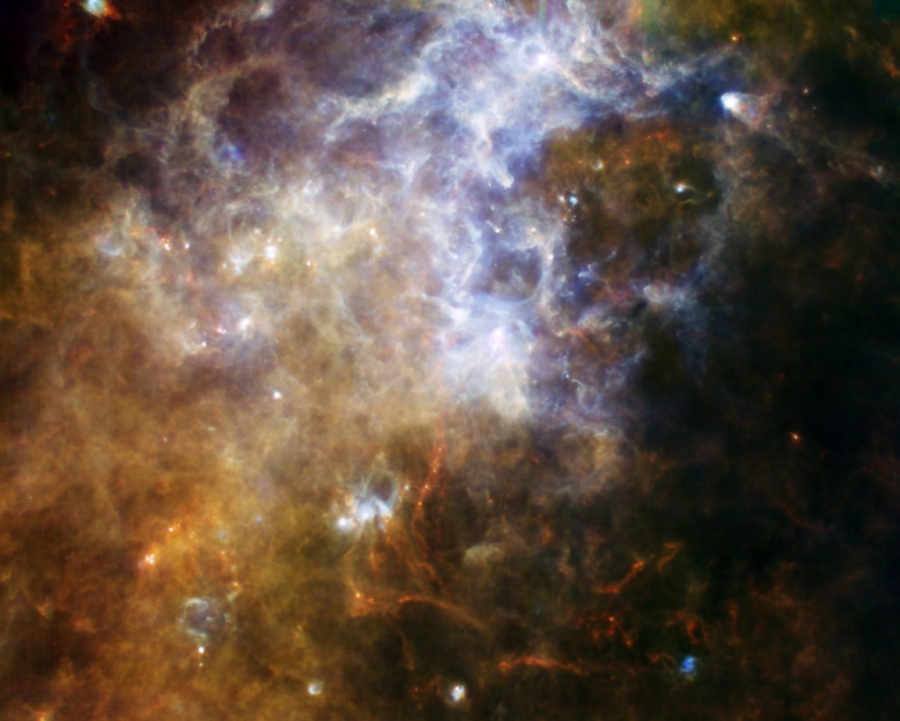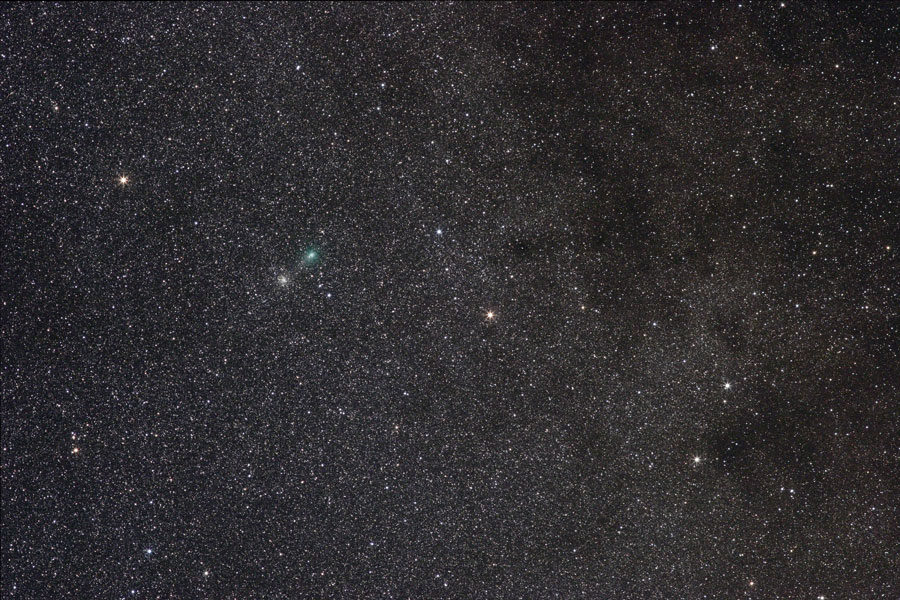_______________________________________________________________
Please vote for the TWO best Astronomy Pictures of the Day (image and text) of August 28-September 3, 2011.
(Repeated APODs are not included in the poll.)
All titles are clickable and link to the original APOD page.
We ask for your help in choosing an APOW as this helps Jerry and Robert create "year in APOD images" review lectures, create APOM and APOY polls that can be used to create a free PDF calendar at year's end, and provides feedback on which images and APODs were relatively well received. You can select two top images for the week.
We are very interested in why you selected the APODs you voted for, and enthusiastically welcome your telling us why by responding to this thread.
Thank you!
_______________________________________________________________
<- Previous week's poll
Scanning the skies for galaxies, Canadian astronomer Paul Hickson and colleagues identified some 100 compact groups of galaxies, now appropriately called Hickson Compact Groups. The four prominent galaxies seen in this intriguing telescopic skyscape are one such group, Hickson 44, about 100 million light-years distant toward the constellation Leo. The two spiral galaxies in the center of the image are edge-on NGC 3190 with its distinctive, warped dust lanes, and S-shaped NGC 3187. Along with the bright elliptical, NGC 3193 at the right, they are also known as Arp 316. The spiral in the upper left corner is NGC 3185, the 4th member of the Hickson group. Like other galaxies in Hickson groups, these show signs of distortion and enhanced star formation, evidence of a gravitational tug of war that will eventually result in galaxy mergers on a cosmic timescale. The merger process is now understood to be a normal part of the evolution of galaxies, including our own Milky Way. For scale, NGC 3190 is about 75,000 light-years across at the estimated distance of Hickson 44.
This cosmic snapshot composed with image data from NASA's Wide-field Infrared Survey Explorer (WISE) satellite captures a multitude of faint stars and distant galaxies toward the constellation Lyra at wavelengths longer than visible light. But the object circled at the center is not quite a star. Cataloged as WISE 1828+2650, it lies within 40 light-years of the Sun and is currently the coldest brown dwarf known. A brown dwarf begins like a star, with the gravitational collapse of a dense cloud of gas and dust, but is not massive enough to achieve the core temperatures and densities that trigger hydrogen fusion, the stable source of a star's energy. Instead the failed star ultimately cools and emits most of its light at infrared wavelengths. Remarkably, brown dwarfs are roughly the size of the planet Jupiter. How cold is WISE 1828+2650? While brown dwarfs have measured surface temperatures of up to 1,400 degrees C (2,600 degress F), this brown dwarf , assigned to spectral class Y, has the estimated temperature of a warm room, less than about 27 degrees C (80 degrees F).
What kind of cloud is this? A type of arcus cloud called a roll cloud. These rare long clouds may form near advancing cold fronts. In particular, a downdraft from an advancing storm front can cause moist warm air to rise, cool below its dew point, and so form a cloud. When this happens uniformly along an extended front, a roll cloud may form. Roll clouds may actually have air circulating along the long horizontal axis of the cloud. A roll cloud is not thought to be able to morph into a tornado. Unlike a similar shelf cloud, a roll cloud is completely detached from their parent cumulonimbus cloud. Pictured above, a roll cloud extends far into the distance as a storm approached in 2007 in Racine, Wisconsin, USA.
While hunting for comets in the skies above 18th century France, astronomer Charles Messier diligently kept a list of the things he encountered that were definitely not comets. This is number 27 on his now famous not-a-comet list. In fact, 21st century astronomers would identify it as a planetary nebula, but it's not a planet either, even though it may appear round and planet-like in a small telescope. Messier 27 (M27) is an excellent example of a gaseous emission nebula created as a sun-like star runs out of nuclear fuel in its core. The nebula forms as the star's outer layers are expelled into space, with a visible glow generated by atoms excited by the dying star's intense but invisible ultraviolet light. Known by the popular name of the Dumbbell Nebula, the beautifully symmetric interstellar gas cloud is over 2.5 light-years across and about 1,200 light-years away in the constellation Vulpecula. This impressive color composite highlights details within the well-studied central region and fainter, seldom imaged features in the nebula's outer halo. It incorporates broad and narrowband images recorded using filters sensitive to emission from sulfur, hydrogen and oxygen atoms.
With a 3.5 meter diameter mirror, larger than the Hubble Space Telescope, ESA's Herschel Space Observatory explores the Universe at infrared wavelengths. Herschel is named for German-born British astronomer Frederick William Herschel who discovered infrared light over 200 years ago. Herschel's sensitive cameras have combined to deliver this spectacular skyscape looking toward the constellation of the Southern Cross. Spanning some 2 degrees the premier, false-color, far-infrared view captures our galaxy's cold dust clouds in extreme detail, showing a remarkable, connected maze of filaments and star-forming regions. Such observations are intended to unravel mysteries of star formation by surveying broad areas of the galactic plane.
Comet Garradd continues to brighten as it drifts across the northern sky. Last week the comet, visible with binoculars and discernable by its green coma, passed nearly in front of globular cluster M71. M71 was once thought to be an open cluster, but is now known to be an older globular cluster containing over 10,000 stars. The photogenic duo was captured with a standard digital camera in a 10-minute, wide-angle exposure toward the northern constellation of the Arrow (Sagitta). The stars Sham (Alpha Sagittae), Beta Sagittae, Gamma Sagittae, and the double star Delta Sagitta are all visible in a diagonal band running down from the upper left. Comet C/2009 P1 (Garradd), will remain visible in northern skies for months and will reach its closest approach to the Sun in December.
<- Previous week's poll
Poll: Astronomy Picture of the Week for 2011 August 28-Sep 3
Poll: Astronomy Picture of the Week for 2011 August 28-Sep 3
A closed mouth gathers no foot.
- Anthony Barreiro
- Turtles all the way down
- Posts: 793
- Joined: Wed May 11, 2011 7:09 pm
- Location: San Francisco, California, Turtle Island
Re: Poll: Astronomy Picture of the Week for 2011 August 28-S
I voted for Comet Garradd and M 27.
The comet is very timely -- I've been observing it for the past month or so with a small telescope, and it's now bright enough to see in binoculars from a reasonably dark location. This picture with M 71 is quite lovely, and the text is informative. And the fact that the photo was taken with a simple digital camera is inspiring to amateurs.
The picture of M 27 is just lovely eye candy.
The comet is very timely -- I've been observing it for the past month or so with a small telescope, and it's now bright enough to see in binoculars from a reasonably dark location. This picture with M 71 is quite lovely, and the text is informative. And the fact that the photo was taken with a simple digital camera is inspiring to amateurs.
The picture of M 27 is just lovely eye candy.
-
Paul Haese
- Ensign
- Posts: 80
- Joined: Tue Feb 01, 2011 10:38 pm
Re: Poll: Astronomy Picture of the Week for 2011 August 28-S
Martin Phughs image is superb but Hickson 44 in Leo is really nice.
